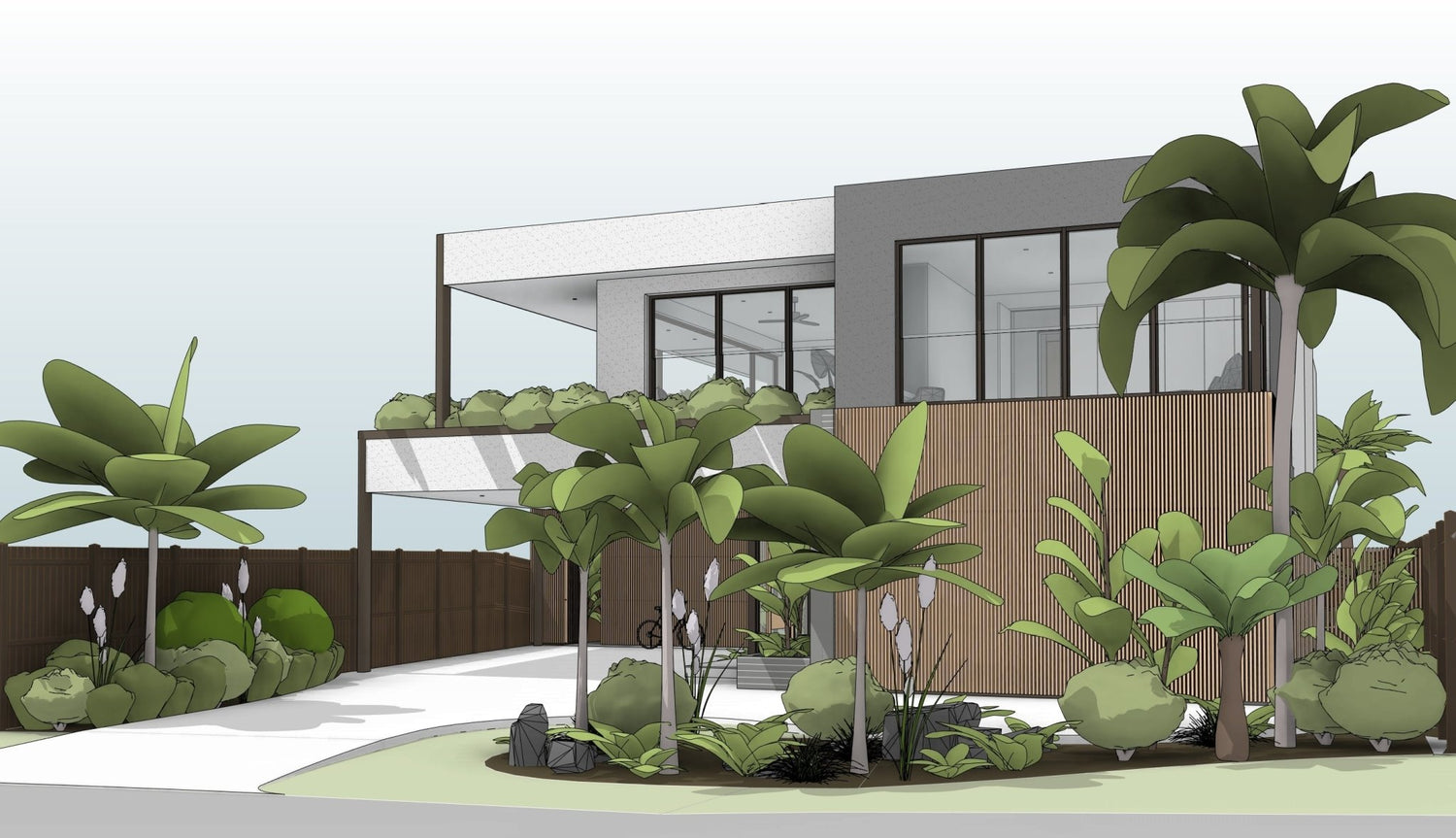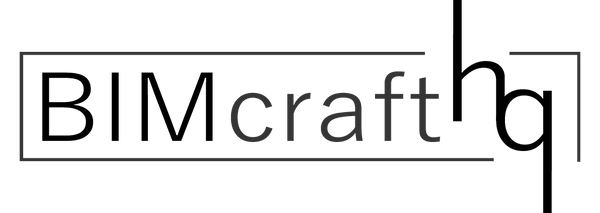
A Customized and Optimized Revit Project Template: Streamlining Your Workflow
Share
Creating a customized and optimized Revit project template is essential for streamlining your project workflow and saving time in both the initial stages of design development and the later stages of documentation. In this blog post, we'll explore the benefits of a well-designed template and how it can improve efficiency and consistency across all projects.
![]()
The Importance of a Consistent Starting Point
Consider a scenario where a company is managing multiple projects simultaneously, each with its unique requirements and specifications. Without a well-designed template, the team would have to spend a considerable amount of time loading in required project families and creating standard views for each project. But with a customized template, the team can save time by providing a consistent starting point for all projects. This reduces the need for repetitive tasks and creates a predictable and clean project environment for anyone that gets put on the job.
Additionally, a customized template can incorporate project-specific standards and best practices. This ensures that all team members are working from the same set of guidelines.
Improving Efficiency Throughout the Stages of Documentation
Throughout documentation, a well-optimized template can significantly improve efficiency by providing a streamlined transition between documentation stages. Key aspects of this include the inclusion of view templates for primary architectural drawing packages, automated scheduling, view setup, and graphic consistency.
Having your office template pre-set in this manner means that some of the most time-consuming tasks, such as scheduling doors and windows, or creating views for different package types and customising the appearance of those views, are completed automatically, saving time, and reducing the potential for errors.

The most important parameters such as height, width, panel size, and location, type, and coding should be automatically pulled from your modelled families, and in an properly configured template you can be confident that all the families are reporting correctly, without the need for manual intervention.
Additionally, the inclusion of standardized annotations, legends, and high-use detail items ensures consistency across all projects and promotes efficiency in the documentation process.
Streamlining the Coordination Process
An optimized template can also help facilitate the coordination process by providing a consistent format for sharing information with other project stakeholders.
This means that the template is set up in such a way that information is clearly and consistently organized, making it easy for other team members and stakeholders to find the information they need. This can include things like sheet layouts, view templates, and naming conventions, all of which can be established in the template to ensure consistency across all documents.

This also helps to reduce the risk of errors and inconsistencies, which can cause delays and additional work down the line.
Creating a Customized and Optimized Template
To create a customized and optimized Revit project template, it is important to spend time first reviewing your current template and identifying any areas that could be improved. Examples of tasks that can be automated in the template include scheduling, creating views for different package types, and standardizing annotations and legends.
Once identified, it is important to establish clear standards and best practices for the template, taking into consideration the specific needs of your projects and team.

It is important to review, test, and refine your template including setting up a pilot project and gathering feedback from team members and regularly updating the template to meet the changing needs of projects and teams.
One of the best methods to start this whole process for your company is to use a professionally developed project template as a base to get started. Using a template such as ours, or consulting with a Revit expert to determine the best direction for your company will put you on the best footing going forward.
Using a Professionally Developed Project Template
If you choose the pre-created template approach, starting with a solid foundation like the BIMcraftHQ template means you can hit the ground running with a new project and spend dramatically less time customizing it to your company's graphical standards. Saving you a lot of time now and down the road.
All the important time-saving features mentioned above, plus more are ready to use, including:
- Built-in organization systems to maintain order and consistency amongst all your projects, no matter the team size.
- Enhanced pre-loaded families with intelligent parameters.
- Pre-established schedules and legends for quantification and project management.
- Custom pre-set material libraries, pre-applied and optimized for Enscape.
- Automated browser organization based on pre-established view templates.
- Pre-created Keynote systems that guide the overall template organization and integrated into all systems and external families.
- Clear and expandable naming systems for all pre-established family types and materials.
- Sheet naming based on the ISO 19650 data management framework.
- Automated management of section, elevation, and callout markers through pre-established filters in all view templates.
- Organized project parameters for data management, scheduling, and enhanced visibility control.
- Pre-set master schedules for the primary family types of Walls, Roofs, Floors, Ceilings, and Doors.
- Catalogue Legends for quicker documentation and to assist in setting the graphical appearance of all system families.
- Multiple categories of schedules for management of parameters, naming, file maintenance, and quantification.
- Pre-created keynote legends and tags for full utilization of Revit's quick keynoting and adaptive legends.
- Pre-set wall, floor, ceiling, and roof types.
- And many more features that will help you to streamline your projects.

Creating a customized and optimized Revit project template is essential for streamlining your project workflow and saving time in both the initial stages of design development and the later stages of documentation.
It is important to establish clear standards and best practices, regularly update the template to meet the changing needs of projects and teams and consider using a professionally developed project template as a base to get started.
Remember, a bad foundation on a building can cost a lot down the road, and the same applies to a bad template base during the documentation process. If you are ready to improve your project workflow try out the BIMcraftHQ Project Template. Or if you have any questions, feel free to get in touch and we would be happy to help guide you on your Revit optimization journey!


